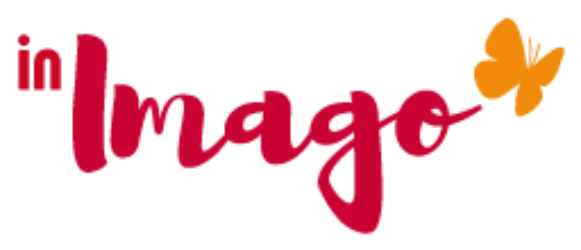Clinical coaching is a support to the team given by a Coach who, through his career, has himself been confronted with similar issues. Through his background and the contribution of specific tools, clinical coaching enables faster progress.
It provides immediate support to resolve a specific known problem.
Clinical coaching for…
- Find direction
- Adaptation
- Face
- Gain assurance
… in 4 steps
- Meeting
- Diagnostic
- Treatment
- Prescription
In Agile, this process is part of the toolbox of autonomous teams. Each team can offer its contribution and its know-how in the service of a learning company.
Set up clinical coaching
Take the example of delegation and lack of self-confidence, two objectives that are frequently the subject of a request for coaching and often after the coachee has taken training in this area. The ability to delegate is based on an essential self-confidence. Because how can we trust a third party if, on this point, we lack confidence?
However, the confidence you have in yourself cannot be measured by your first job in a company. This confidence or not confidence was built much earlier in our history, generally in childhood thanks to a safe family environment or not, thanks to the more or less supporting look that our family had on us. Therefore, the coach should try to measure when the good “normal” image of his client capsized, crumbled. It is not for him to question him brutally on this, but to put him in confidence precisely so that, spontaneously, he can say “In fact, it began when I started in 6th grade” or “this is because of my father who was so afraid for me that I could not go out with friends ”… The coach must then be able to reconnect, assemble, like the pieces of a puzzle, the different elements, present and past, which are at the origin of the problem.
Clinical coaching will strive to give meaning to a behavior, a character trait that is constituted as a lack and prevents its client from being fulfilled. He therefore remains in a low position on the content (what is said by his client) but in a high position on the container (the frame, respect for the operating procedures of the process: arrive on time, do not miss his sessions under a fallacious pretext). The coach must constantly go back and forth between now and before, at the intersection of the professional and the private, of the subject as such (the individual story) and its environment (the social, the collective).
This is the main objective of individual coaching.
Clinical coaching: in teams
The team is facing a loss of performance, accumulating technical debt, or a set of tasks not done. Clinical coaching, by comparing expert opinions, suggests building a solution and to implement it
The team takes a dedicated time, generally 15 to 45 minutes, to allow a participant to discuss with an expert coach, on one of his issues. This can range from a need to understand a theoretical notion to the management of an operational problem.
The idea is to be able to help the participant to explore this problematic. Depending on the discussions, he may leave with some first concrete actions to explore.
The typical session
Staying on the medical metaphor, the interview is divided into 3 parts of 5 or 15 minutes each.
Step 1- To meet, define the goal. It is the “what brings you”.
Step 2- Diagnostic –Develop new behaviors by understanding why this problem impacts the functioning of the team.
Step 3- The treatment – How are you going to solve it? The principle is to invite autonomy.
Step 4- The prescription– What do you need to be successful?
Treat a problem in less than an hour
The meeting and prescription phases are the longest.
The encounter phase: The difficulty lies more in the statement of the problem itself. Often the individual or team comes up with a list of what was undertaken and what failed. Often forgetting to focus on his problem and the cause itself.
The prescription phase is also difficult. The individual, faced with the implementation, can often be mistaken. Then, he feels incapable of implementing the solution, preferring to hand it over to others, or to report a lack of resources. The vulnerability of the individual is often seen at this time, making the session ineffective …
The provision of a support, a “medicine”, a good practice makes it possible to secure the individual but makes him less autonomous. “Medication” or “coach advice” should therefore be avoided.
You have to be reassured if the entire problem is not covered. It does not matter. The objective of Clinical Coaching is not to come away with “the solution” but rather to come out with one or more avenues to explore, or at least a better understanding of your problem.
Objective and results
Find here techniques to establish your goal and your session report
Cut out a problem
The 5 whys or Agile Anti pattern allows you to focus on the origins of the problem
Powerful questions
The art of questioning is an asset of strategic management, an ally in your communication

